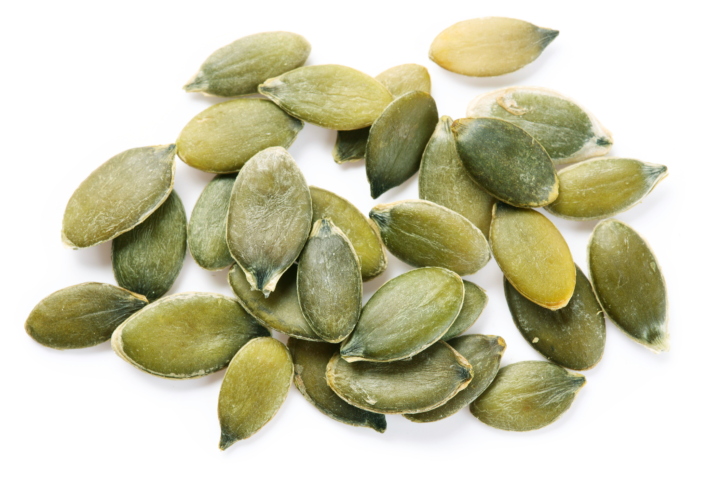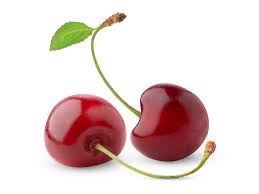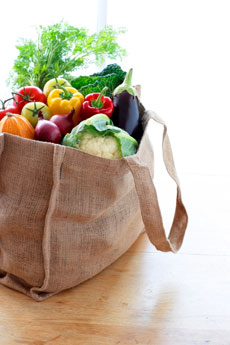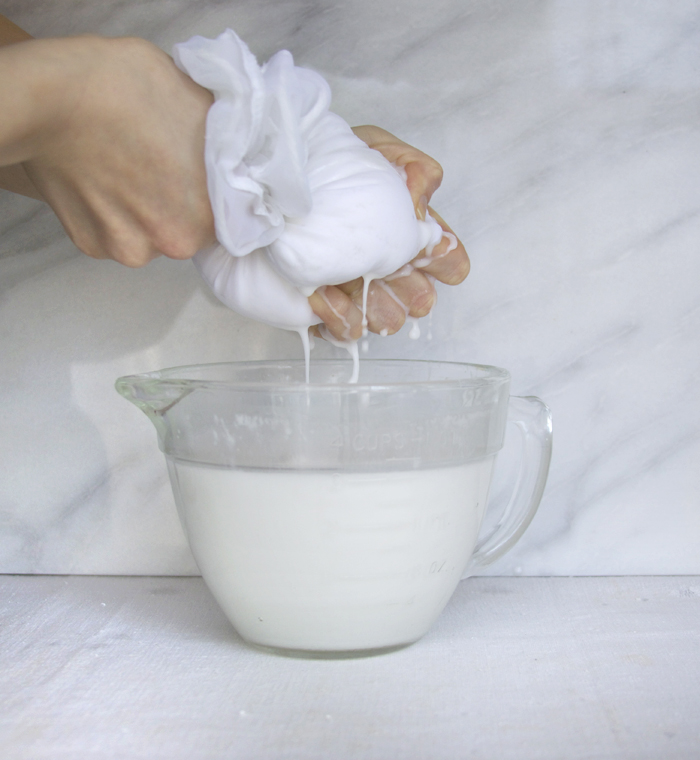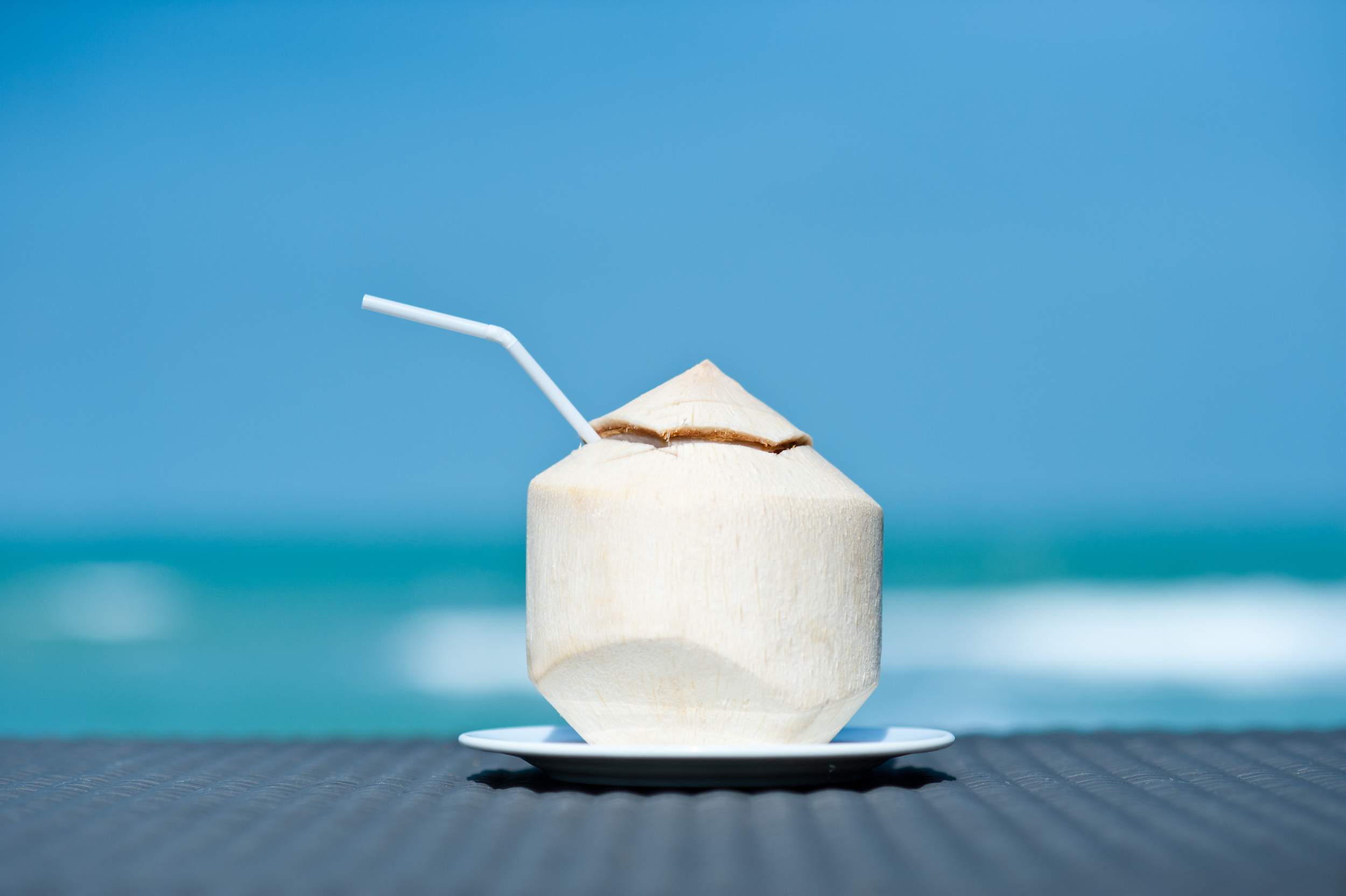Unless you're eating fatty fish 2-3 times a week, or bowls and bowls of kale, nuts, seeds and seaweed, you might want to consider supplementing your diet with this essential fat.
Why? These fatty acids are extremely important in the day-to-day functioning of every tissue in our body and because we can't make enough on our own, and most likely don't eat bowls and bowls of the above, we must obtain them through our diets. Not to mention the modern diet creates an imbalance of Omega's in our body from over consumption of processed plant oils and processed foods...even more reason to supplement Omega-3 (too much omega-6 and not enough omega-3).
Deficiency and imbalance in these fatty acids can lead to a host of problems, symptoms and disorders ranging from organ and immune function, skin issues and mental health. No, thank you. But if you take care to ensure you’re getting adequate and balanced amounts in your daily diet, there are an incredible amount of benefits. Yes, please.
BENEFITS OF OMEGA-3 FATTY ACIDS:
Improves brain function and enhances memory
Promotes healthy skin
Reduces overall inflammation in the body
Fetal/Infant growth and brain development
Improves mental health and mood
Decreases the risk of depression
Helps with attention disorders
Moderately decreases blood pressure in those with hypertension
Reduced risk of cardiovascular disease, cancer and diabetes
Improves eye health
Increases metabolism and improves body composition
Aids in healthy sleep patterns
Involved in the repair and regeneration of cells
WHere to get 'em:
There are 3 compounds that make up omega-3 fatty acids:
EPA and DHA - Available in fish and algae and have been shown to be the most beneficial. Primarily derived from algae... fish then snack on the algae...and we snack on fish, or supplement with fish oil.
ALA - Found in plant-based foods like walnuts, flax, and chia seeds. ALA needs to be converted to EPA and DHA in the body. Not all that you consume is able to be converted, which is why it takes a lot of plant based intake to get your requirements. If you are purely plant-based, you most likely need additional supplementation.
FOOD RECOMMENDATIONS:
Eat wild-caught, cold-water fish such as salmon, mackerel, sardines, and albacore tuna 2-3 times a week.
If, like most people, your diet doesn’t include that amount, then you’ll need to supplement.
Note: Not all fish are created equal! A farm-raised fish may contain less omega-3 fats, more omega-6 fats, and more contaminants. Research where your fish comes from, rotate the type, and choose WILD over FARMED
Include plant foods like flax seeds, hemp seeds, chia seeds, walnuts, green leafy vegetables, spirulina and seaweed
What to look for in a Supplement:
*Choose brand names that have proven reliability and you know they source well
*Make sure they are purified and have the USP verified mark (US Pharmacopoeia)
*Algae is the base of the food chain for fish and where they get all their EPA/DHA. Consider going directly to the source and choose a high-quality algae supplement
*If choosing fish oil, choose a high-quality oil that states it is highly-concentrated, molecularly distilled and purified with no heavy metal contamination
*Look for a company that doesn’t contribute directly to the depletion of fish and that uses smaller fish such as herring and mackerel that are less likely to carry toxins.
*Avoid cod liver oil (cod are long-living fish that over time accumulate environmental toxins)
Supplement dosage recommendation:
ALGAE OIL – 200-300 mg/day if you have a balanced fat intake, 500-1000mg 2x/day for optimal benefits. Try this one
FISH OIL – 3-9g/day of total fish oil (1-3 g EPA + DHA) Try this krill oil
Let me know if you have any questions or need any more recommendations!
Health Note: Check with your doctor first if you are on blood thinners such Warfarin, Coumadin, Heparin or if you regularly take baby aspirin.













